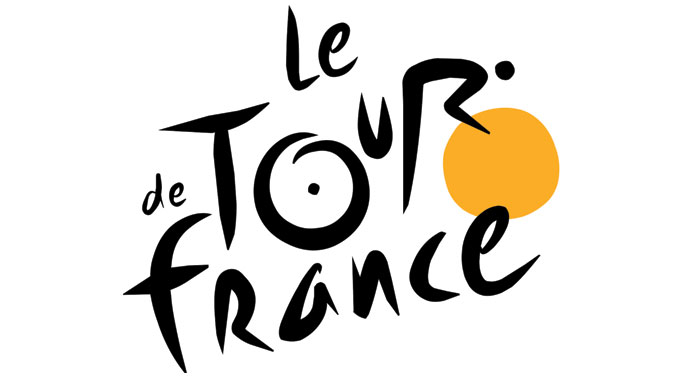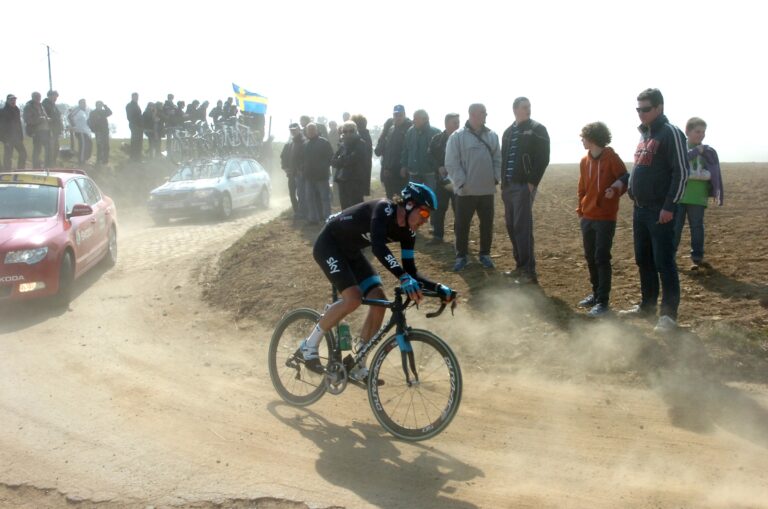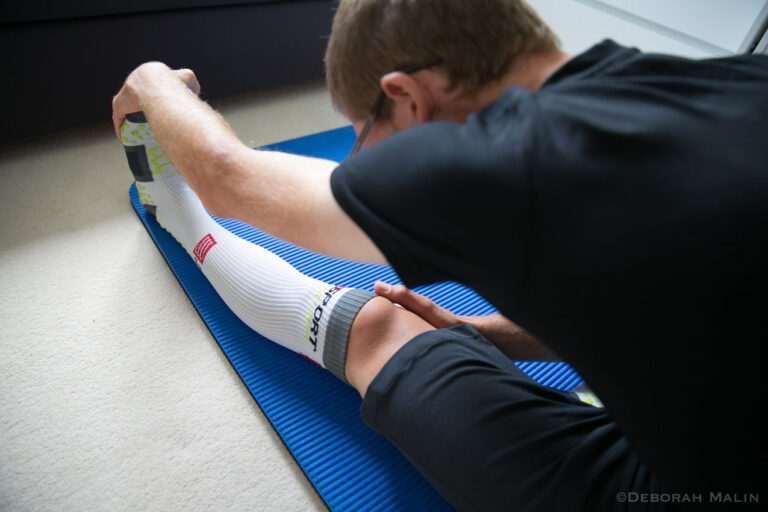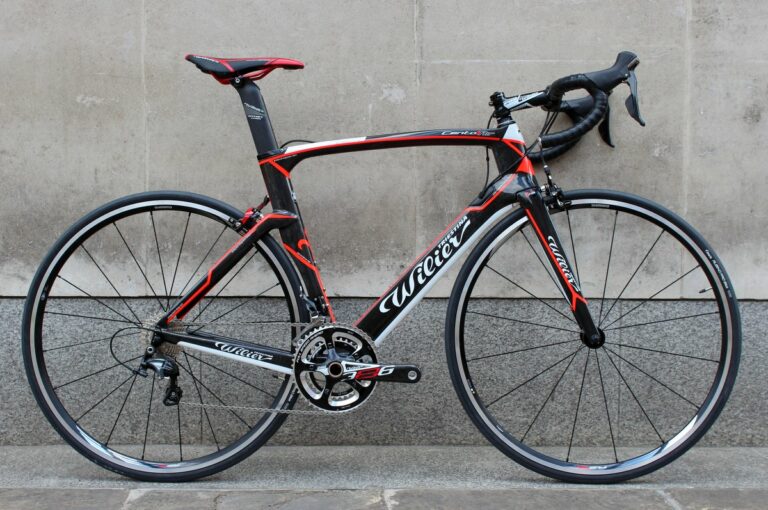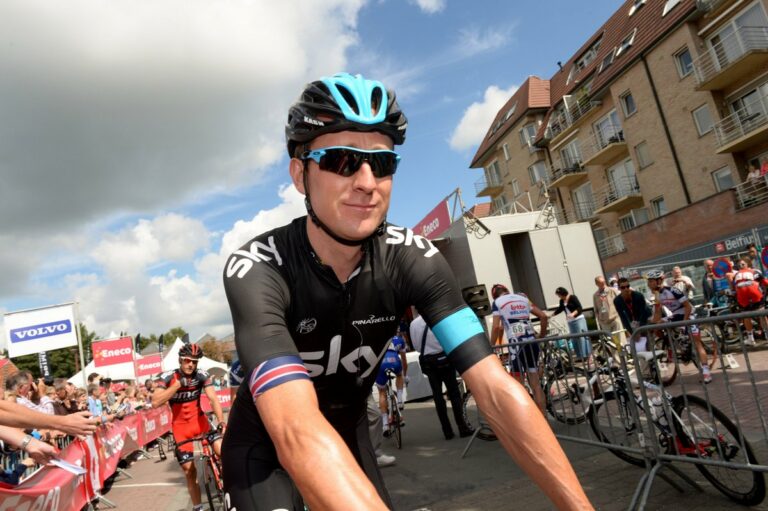Stood atop the podium or wearing the prestigious yellow, polka dot, green or white jerseys, the stage winners and leading riders received plenty of plaudits at the hundredth Tour de France.
But behind every great rider is an equally great domestique, urging their leaders up the mountains, or a lead-out man timing their attacks to perfection to guide the sprinters to victory.
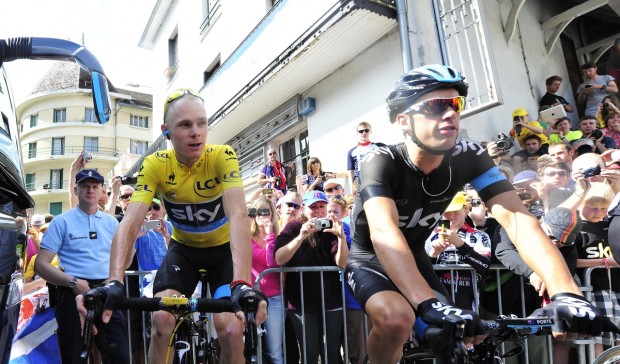
As ever, the hundredth editon of cycling’s greatest race, which drew to a close in Paris on Sunday, July 21, had plenty of ‘double acts’, but which team was the best?
Chris Froome and Richie Porte (Team Sky)
Chris Froome’s extraordinary Tour, with stunning solo climbs up Ax 3 Domaines and Mont Ventoux and blistering individual time trials, saw him top the podium in Paris.
He wore the coveted maillot jaune from his victory in stage eight through to crossing the finish line on the Champs-Elysees, arm-in-arm with his team mates.
Wherever the Sky team leader was however, you could be sure that a certain beaming Australian was never going to be too far behind.
In a summer in which his countrymen have been resoundingly beaten by their British counterparts across several sports, Porte emerged from the Tour as one of the unsung heroes.
His efforts on Ax 3 Domaines set Froome up perfectly for victory, and even put the Aussie super-domestique into second in the GC overall.
A temporary slip-up the following day showed just how much his efforts had cost but there were no mistakes from then on.
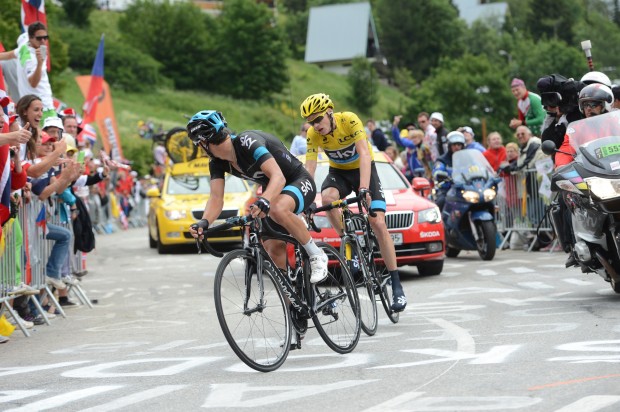
Sticking loyally to his leader, whenever a rival attacked you could be certain Porte would be on their tails, keeping Froome on his wheel and atop the GC.
His loyalty even saw him drop to the team cars on the second ascent of Alpe d’Huez in stage 18 to grab food for the Kenyan-born Brit – an illegal feed, which cost Froome a 20-second penalty, but a needed one for the weary leader.
In breaks containing all of the main GC contenders, Porte was always involved alongside his leader.
The respect between the two was never more evident than on Alpe d’Huez, when Froome allowed his domestique to cross the finish line ahead of him, with a grateful arm on his shoulder.
Alberto Contador and Roman Kreuziger (Team Saxo-Tinkoff)
On a personal level, the hundredth Tour de France ultimately proved to be a disappointment for former champion Alberto Contador and his team-mate Roman Kreuziger.
Both stayed within reach of Froome in the GC, with the duo themselves separated by just three seconds for much of the Tour.
However, a disastrous final week saw them drop out of contention and they had to make do with a well-deserved team classification win instead.
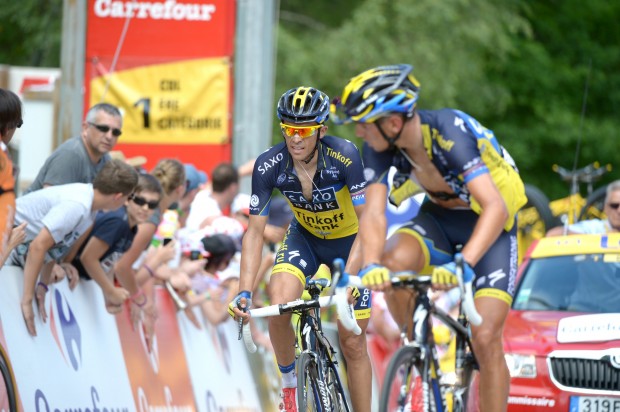
Their lack of success in the GC was not for want of trying however, as the two joined forces throughout the Tour to set incredible speeds in the peloton and launch regular attacks on speedy descents.
In the crosswinds between Tours and Saint-Amand-Montroud in stage 13, the two were at the forefront of an attack, which tore the peloton to shreds and left the yellow jersey trailing in their wake.
Not all of their attacks worked, with a speedy descent down Col de Sarenne failing to put sufficient distance between themselves and Sky’s deadly duo of Froome of Porte.
However, as a bike change for Contador resulted in the two being caught and over-taken, Kreuziger proved just how effective a team they are by casting aside his own GC ambitions and sticking faithfully to his leader.
The sight of Kreuziger relaying Contador back into bunches was certainly not uncommon, and the fact they both achieved top ten finishes in the GC highlights just how effective their partnership was.
Laurens Ten Dam and Bauke Mollema (Belkin)
A pre-Tour sponsorship change saw the team formerly known as Rabobank and Blanco rebranded once more.
And if the new sponsors had any doubts about their latest move, their fears will have been allayed as Bauke Mollema and Laurens Ten Dam delivered a stunning Tour performance.
The Dutch duo were certainly not unknown entities before the Tour, but few will have predicted just how successful they would be as they remained in GC contention for large periods.
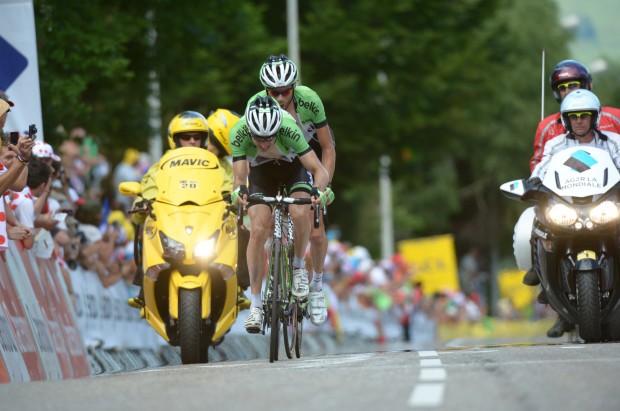
Ultimate ambition got the better of both of them as they pushed too hard in the final individual time trial and lost time after suffering crashes.
However, until then the two were never far from each other’s wheel – never afraid to take their turn leading the bunch, and always present when the GC contenders broke away.
With all eyes on Contador and Froome, it was easy to miss Belkin duo in their new green and black livery, but they were never far from their higher-profile rivals.
Rallying for each other, their partnership gave them the edge over riders such as Jacob Fuglsang (Astana), who regularly had to join the leading breaks alone.
Ten Dam’s TT crash ultimately saw his challenge fade, but the two still finished comfortably inside the top 15 – a testament to their fantastic pairing.
Mark Cavendish and Gert Steegmans (Omega Pharma-Quickstep)
The OPQS sprint train faced some serious questions as sprint-king Mark Cavendish ‘only’ won two stages of the hundredth Tour.
His perceived lack of success was not for want of effort from chief lead-out man Gert Steegmans however, as the big Belgian ensured the Manx Missile moved to 25 career stage victories.
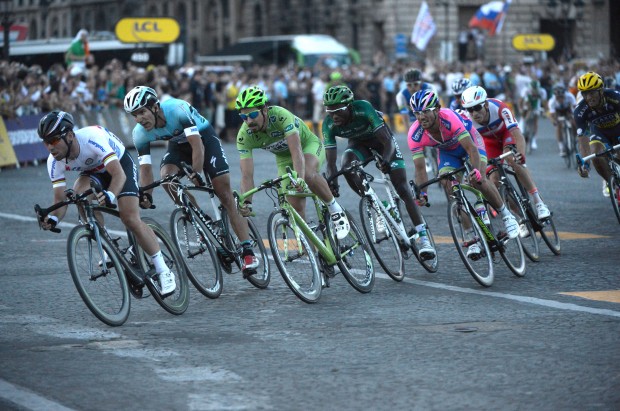
On the flat stages, Steegmans ensured he and Cavendish were always near the front of the bunch, doing all they could to put the hurt on their rivals in the peloton.
When Cavendish crashed in stage six in Montpellier and was forced to relay back to the peloton, it was Steegmans who met him at the back of the bunch to set him up for the final sprint.
When the Manx Missile won stage 13, Steegmans played a crucial role alongside his OPQS team mates in the crosswinds, obliterating the chances of Cav’s sprint rivals.
Even in the sprints Cavendish did not win, where many of his team mates were blasted by the fiery Manxman, Steegmans remained a key player in getting the British champion into contention with his lead-outs.
And any blame faced by Omega Pharma-Quickstep – criticism which has prompted rumours of the signing of Cavendish’s former lead-out man Mark Renshaw – can be countered by the fact he still won two stages.
In the frantic finales of the bunch sprints, the sight of Steegmans leading out Cavendish was a common one and the duo even put in big efforts for white jersey contender Michal Kwiatkowski when possible.
Marcel Kittel and Tom Veelers (Argos-Shimano)
Marcel Kittel’s 2013 Tour will be remembered in part for his four stage victories, including a day in the yellow jersey and a victory on the Champs-Elysees.
The name of team-mate Tom Veelers , however, is destined to be better remembered for the spectacular collision between himself and Mark Cavendish during stage 10, which saw the Dutchman hit the deck at great speed.
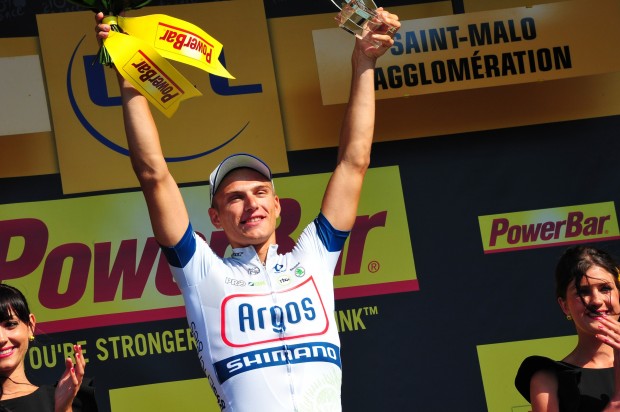
Veelers presence in front of Cavendish as Kittel bolted for the line however, is testament to just how effective the Dutchman had become as chief lead-out man to the rising German sprint star.
Kittel’s final victory on the Champs-Elysees can not be credited to Veelers, who by this point had succumbed to fatigue, but the remaining three most certainly can.
While the sprint trains of Cannondale, Omega Pharma-Quickstep and even Lotto-Belisol faltered, Argos-Shimano’s did not.
And in a team packed with high quality sprinters, it was the Kittel-Veelers partnership which shone brightest of all.
Timing in the hotly-contested sprints is crucial, and Argos-Shimano had it down to a tee as Veelers repeatedly peeled away at the perfect moment to send his 25-year-old team mate to victory.
Ominously for their rivals, Veelers is just three years older than Kittel too so it is highly likely their stunning partnership could continue for years to come.

